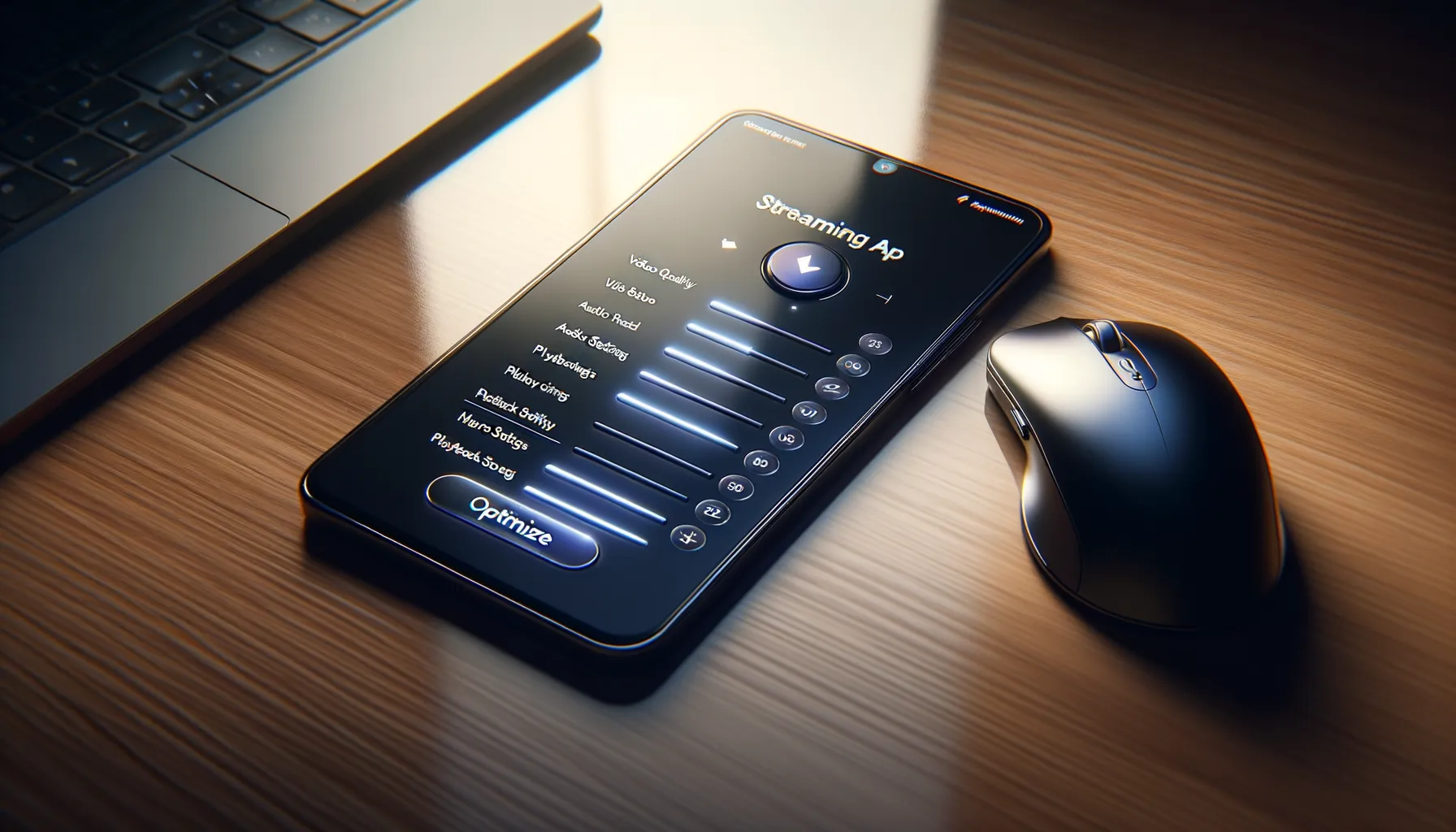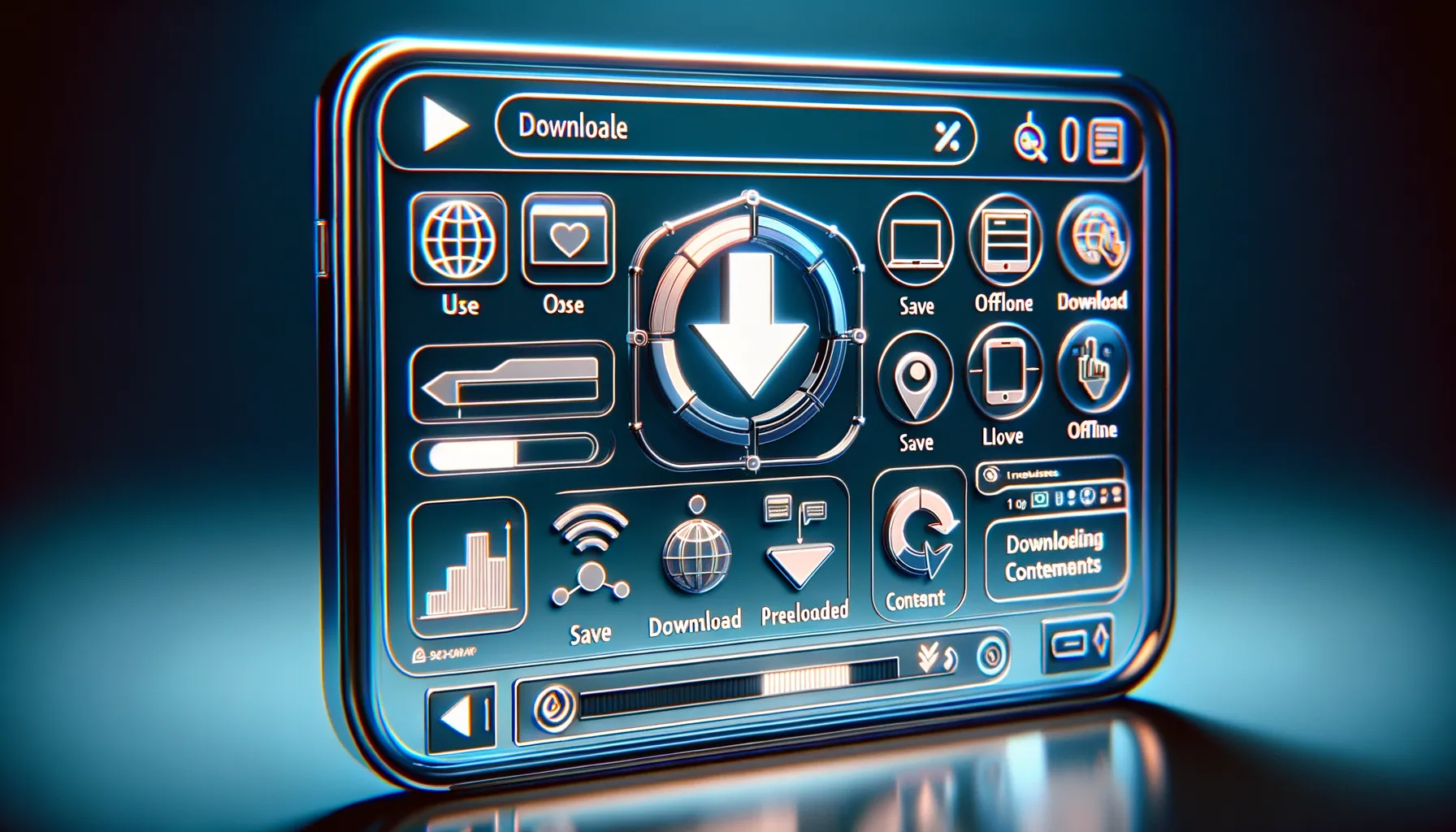Ways to Reduce Mobile Data Usage While Streaming Videos
Understand How Video Quality Affects Data Usage
Why Video Quality Shapes Your Data Bill
Picture this: you’re on the bus, streaming the latest must-watch show. The video quality looks sharp, crystal-clear even—but did you know that clarity comes at a cost? Higher video resolutions eat up significantly more data, while lower-quality streams are friendlier to your monthly plan.
Here’s the kicker: a single hour of 4K streaming can gulp down over 7GB of data. Compare that to 1080p, which uses roughly 3GB per hour, or 720p, clocking in at about 1GB per hour. It’s like choosing between sipping through a straw or chugging from a firehose.
Breaking It Down: Resolution vs. Data Consumption
Understanding how much data different resolutions demand is key to making savvy streaming choices. Here’s a cheat sheet for common formats:
- 360p: Around 300MB/hour for lightweight streaming.
- 480p (SD): About 500MB/hour—simple and smooth.
- 720p (HD): Approx. 1GB/hour—balanced for most users.
- 1080p (Full HD): Nearly 3GB/hour for crisp visuals.
- 4K: A mind-blowing 7GB/hour for ultra-high definition.
So before hitting play, think about where you are and what you need: Do you really need 4K to appreciate an old sitcom rerun on your phone screen? Probably not. Select wisely, and your data balance will thank you!
Optimize Streaming App Settings

Tweak Your App Settings for Data Bliss
Let’s be real: streaming apps love their shiny, high-resolution defaults, but your mobile data may secretly be crying for mercy. Ready to give it a breather? Let’s dive into settings often hidden like buried treasure.
Most streaming apps let you manually adjust video quality—think of it as swapping the turbo engine for an eco-friendly mode. Look for options like “Data Saver,” “Low Quality,” or “Medium Quality”. These settings might not give you crystal-clear 4K, but they’ll save gigabytes like a superhero saving the day.
Here’s a quick checklist (because we all love lists, right?):
- Choose SD (Standard Definition) instead of HD or 4K.
- Enable “Wi-Fi Only” streaming if you’re prone to accidental binge-watching on cellular data.
- Turn off autoplay—because no one likes their data sneaking away while you’re deciding what to watch next.
Remember, every app speaks its own language, so explore those settings menus like you’re unlocking levels in a game. Small tweaks here can add up to big data wins!
Use Offline Downloads and Preloaded Content

Save Your Favorites Before You Hit the Road
Imagine this: you’re on a long train ride, ready to dive into your favorite show, but suddenly – no signal. Worse yet, your data limit is rolling its eyes in frustration. That’s where the magic of offline downloads and preloaded content saves the day!
Most streaming apps—from Netflix to YouTube—let you download movies, shows, or even playlists ahead of time. Think of it as packing snacks for your digital cravings. All you need is a Wi-Fi connection and a little preparation.
- Download during Wi-Fi downtime: Schedule downloads while you’re at home, work, or enjoying free Wi-Fi at your local café.
- Focus on essentials: Grab those must-watch episodes or that movie everyone’s raving about—you’ll thank yourself later.
Why does this work like a charm? You won’t just avoid buffering nightmares in areas with spotty coverage; you’ll also spare your precious mobile data. The best part? Preloaded videos on your device guarantee smooth playback, free from glitches. So next time, before you hit “play,” think ahead and pack those virtual bags!
Leverage Data Saving Modes and Tools

Unlocking the Magic of Built-In Data Saver Features
Streaming apps and smartphones are smarter than ever, offering built-in tools to tame your data usage without sacrificing too much viewing joy. It’s time to make the most of them!
Many popular streaming platforms – from Netflix to YouTube – include intuitive features like “Data Saver” or “Low Quality Mode.” These modes automatically adjust video quality to ensure you’re not burning through gigabytes with every binge-worthy episode. Better yet, these settings usually work quietly in the background, giving you more control over your precious data plan without constant tinkering.
And let’s not forget about your smartphone itself. Some devices include system-wide data-saving options that limit background activity or compress data-heavy files while you stream. For Android users, the built-in “Data Saver” feature is a lifesaver! Meanwhile, iPhone users can toggle on “Low Data Mode”, which works across all apps for a leaner, cleaner experience.
- Activate app-specific Data Saver settings within their menus.
- Enable system-wide options on your phone to double down on savings.
Give these tools a try – they’re like having a savvy assistant keeping an eye on your data in the background.
Monitor and Manage Data Usage Regularly

Keep a Close Eye on Your Data and Stay in Control
Have you ever checked your mobile data usage at the end of the month and felt like someone was secretly siphoning it away? Don’t worry—you’re not alone. Streaming videos can be a sneaky culprit, but staying ahead of the game is easier than you think. Monitoring your data regularly isn’t just about saving a few gigabytes—it’s about reclaiming control over how you stream.
Here’s a tip: most smartphones have built-in trackers that show you exactly where your data is going. Head to your settings and review your usage breakdown—often, you’ll find apps pulling more data in the background than you’d expect.
Want an even easier approach? Set up automatic alerts when you reach certain data limits. Many carriers and apps let you do this, giving you a gentle nudge when you’re nearing your cap.
Remember, tracking your usage doesn’t mean obsessively watching every kilobyte—it’s like budgeting, but for your digital life. Make it a habit, and that ballooning data bill will feel like a thing of the past!
